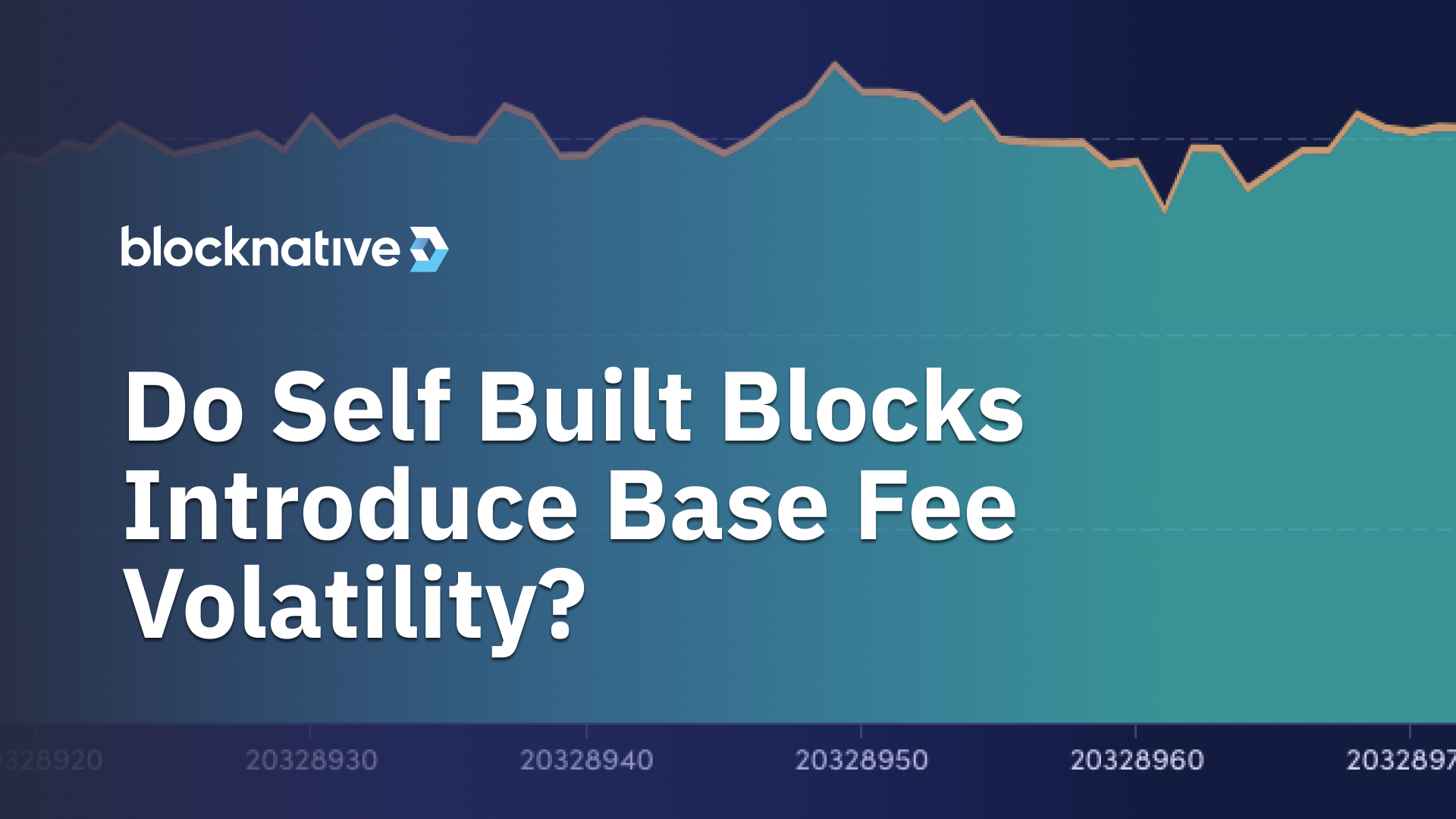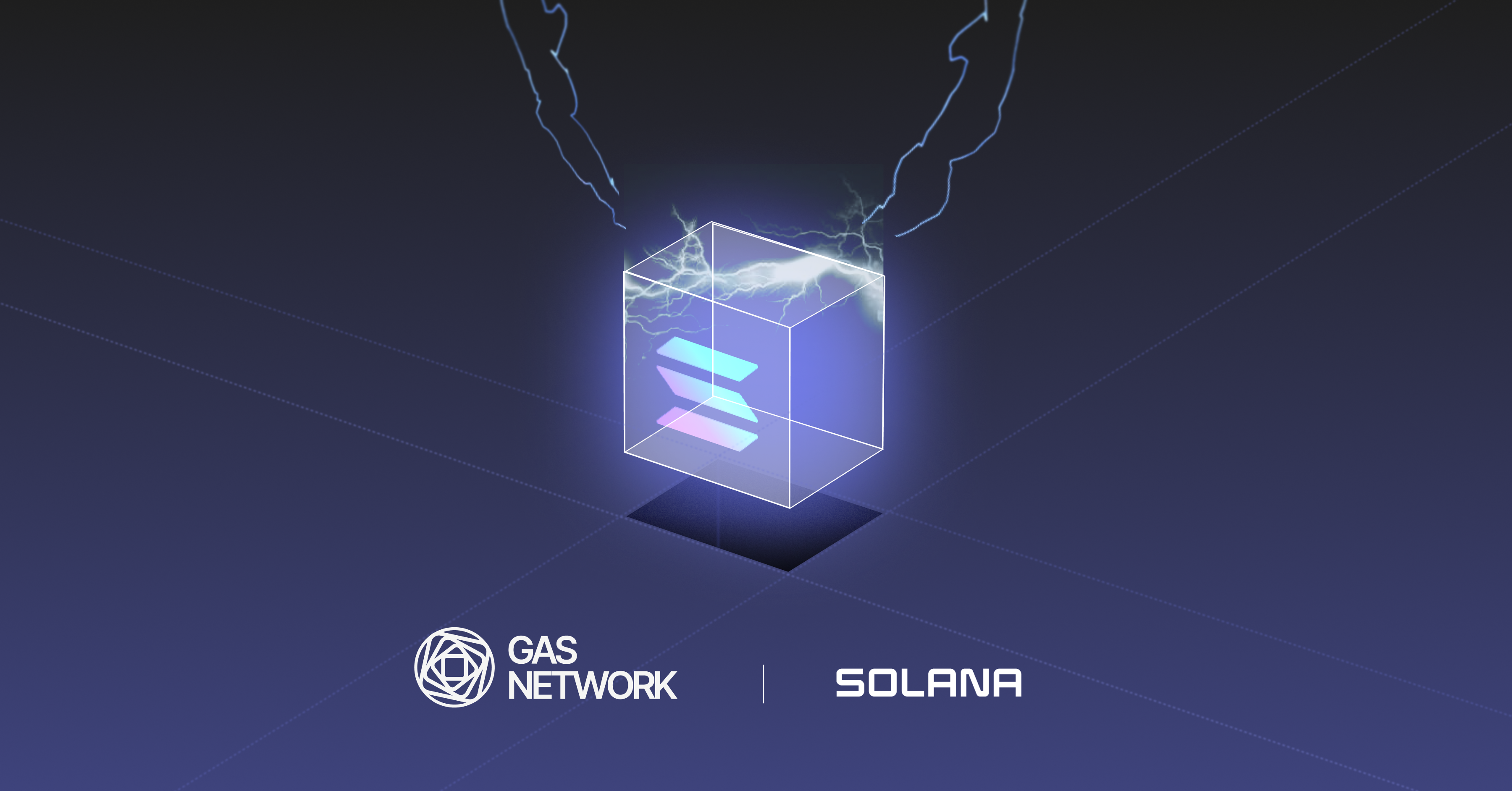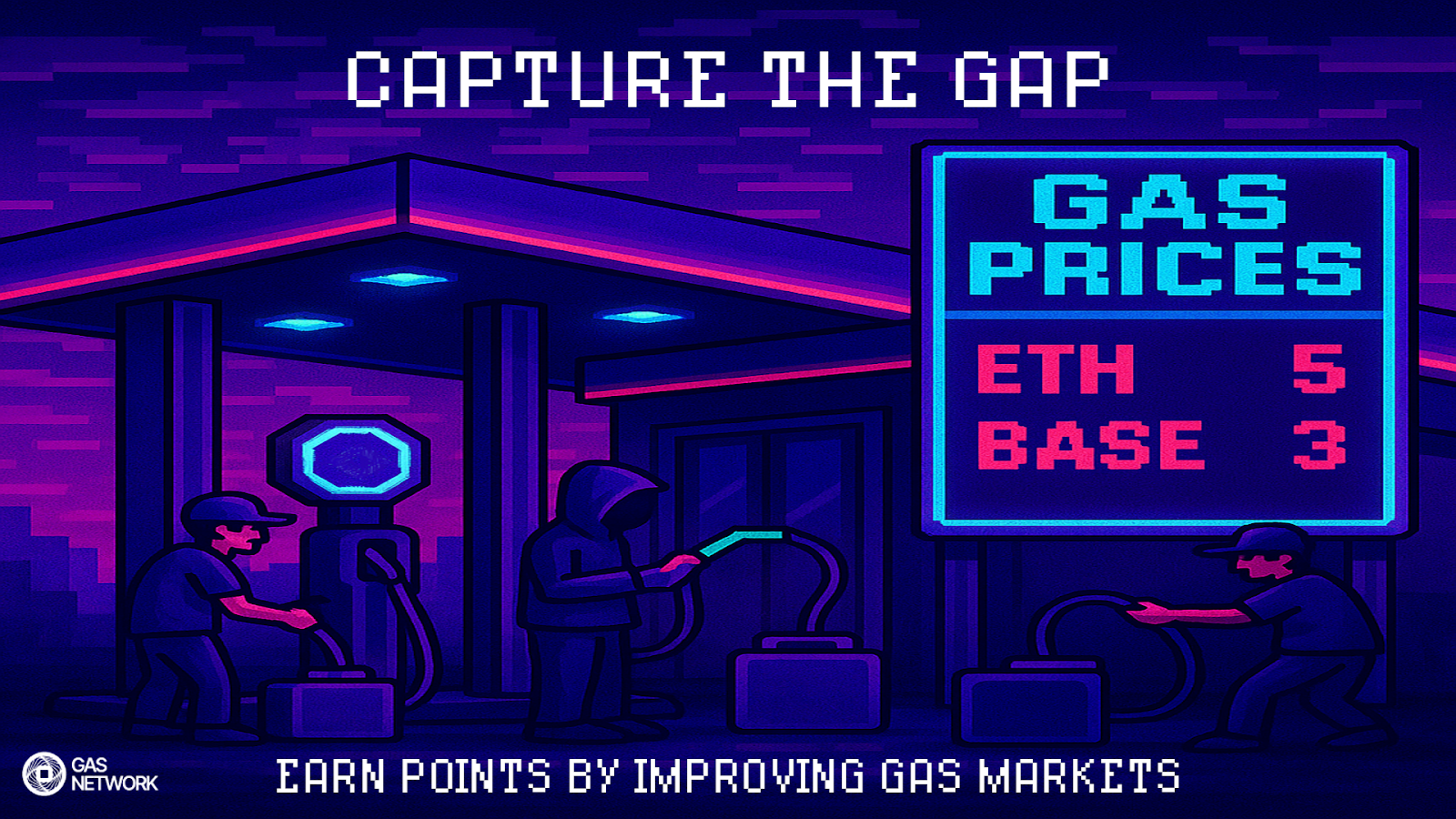Thank You to Toni Wahrstätter, Justin Drake, Barnabé Monnot, Julian Ma and others who contributed to the discourse and provided feedback on the piece.
Self-built blocks – also known as vanilla blocks – solely include public transactions and are typically seen as a good way to reduce censorship on Ethereum. These self-built blocks come in two flavors, solo-stakers or large operations using the min-bid feature in MEV-Boost. A closer look at self-built blocks reveals a surprising side effect: unintentional increases in base fee volatility. In this article, we walk through two major factors that are exposing unintended consequences of self-built blocks: the rise of private transactions and timing games in the MEV-Boost auction. This article explores these trends and what to do.
The Shape of Blocks
First, let's look into the "shape" of a block on two dimensions - gas fees and public vs private (where a private transaction is an onchain transaction that was not detected in the public mempool by Blocknative’s global network of nodes) - using the new capabilities in Ethernow. In the screenshot below, you can see a block with private transactions sprinkled throughout.
The dark blue bars are private transactions and the light blue bars are public transactions. The transactions are ordered by their index in the block and the height of the bars is the effective gas price where the effective gas price is the actual, on-chain GWEI/gas paid by each transaction. When looking at many blocks, you’ll begin to notice different shapes of private vs. public transactions. Private transactions have different goals and rewards for builders, who in turn have different strategies for optimizing transaction ordering to maximize block value.
Contrast the above block built by rsync-builder with a self-built block (a block containing 100% public transactions).
You can see that the self-built block contains zero private transactions and is neatly ordered from highest to lowest gas price. If you look at the data, you will see that the self-built block only utilizes 18.2% of the gas space available.
Finally, we call the block directly after the self-built block a “recovery block” since it must include all of the private transactions that were not included by the self-built block.
This block utilizes 97.6% of the gas space available and 46% of the block is filled with private transactions. And this example is not a one-off situation. Over a recent 13 day time period (the graph below) self-built blocks are ~20% full while the recovery blocks are ~80% block utilization.
In the graph below we have separated blocks built into three categories:
- Self-built: 100% public transactions
- Recovery: The MEV-Boost block directly after a self-built block
- MEV-Boost: Any other block that contains private transactions
The Rise of Private Transactions
Looking at the latest private transaction data, we have recently seen a sizable increase in the percentage of private transactions on the network.
Private transactions were steady at about 10-12% of the network, but have recently increased to 30+%. Since self-built blocks only include public transactions, the recovery block that follows it can fill the block with 24 seconds of private transactions (2 blocks) vs the typical 12 seconds (1 block).
In a six-block sequence, here is what that looks like regarding private transactions percentage and gas used.
Above is a six-block sequence (blocks 20327723-20327728) that shows the self-built block (20327725) with 0% private transactions and ~23% block utilization followed by the recovery block (20327726) with 50+% private transactions and ~100% block utilization. This is significantly more than the network average of about 30% private transactions and 50% block utilization.
This whiplash-like effect on block utilization comes with a cost to the network: base fee volatility.
In the graph above we can see the change in gas used leads to a whiplash effect in the base fee. The self-built block drives the base fee down by >5% and the recovery block drives the base fee back up by >10%. Self-built blocks alone dramatically increase base fee volatility.
Let's consider two users who transact at the exact same time, one privately and one publicly. If they submit their transaction during a self-built block slot, the public transaction will pay the current base fee while the private transaction will pay 5% less in the subsequent slot (the recovery block) since the low block space utilization of the self-built block causes the base fee to decline approximately 5%.
Over the last 4 months, self-built blocks have started to trend down because the percentage of private transactions has increased. In March, it was typically 10+% of blocks built and now it is closer to 7-9% of blocks built.
The increase in private transactions has also increased the whiplash-like effect. Self-built blocks underutilize their block space since they don’t include private transactions. As private transactions increase, self-built block block space utilization will decrease. The recovery blocks, on the other hand, utilize significantly more block space. This will increase as private transaction order flow increases.
We can see that typical MEV-Boost blocks stay fairly constant at ~50% block utilization. But self-built blocks and recovery blocks are trending in the opposite direction. Self-built blocks were ~25% full in March and are now closer to 20% full. When we look at the recovery blocks they were ~75% full and are now closer to 80% full. This change has increased the base fee whiplash.

The self-built blocks cause the base fee to decline by 6+% and the recovery blocks increase the base fee by 7+% while MEV-Boost blocks keep the base fee fairly consistent.
MEV-Boost Timing Games
Another accelerant of this phenomenon stems from the timing games being played on MEV-Boost. The longer a validator waits to ask for a block from MEV-Boost, the more value they can extract from their slot. Validators wait as much as 2 seconds into the next slot to call the block for their slot.
Self-built blocks, on the other hand, are NOT playing the same timing games. The MEV-Boost block before a self-built block pulls public transactions from the self-built block’s slot. The self-built blocks appear to stop building 1-3 seconds before their slot boundary while MEV-Boost blocks build up to 2 seconds past their slot boundary. Self-built blocks are only building blocks off of public transactions over an 8-10 second period instead of the full 12 seconds giving them less transactions to include in their block.
The above is an example of this in action using the earliest pending detection time of public transactions on Blocknative’s global mempool detection network. Slot 20115104 (blue) is a MEV-Boost slot with a slot boundary at 2:33:11 PM local time or 12:33:11 AM UTC. The blue dots stop right at the 11-second mark. Slot 20115105 (yellow), is a self-built slot. They grab 1 transaction at the 11-second mark and then they build until about the 21-second mark. That’s about 10 seconds in total. Slot 20115106 (green), is the recovery MEV-Boost block. It starts building at the 21-second mark and continues all the way up to the 35-second mark. That’s a full 14 seconds!
So, self-built blocks are limited in two ways. First, they cannot access the 30% of transactions that are private. Second, they only build for 8-10 seconds. The recovery block, on the other hand, has access to two blocks worth of private transactions and they build their block for an extra 2-3 seconds.
Min Bid
One thing you may notice when looking at some self-built blocks in Ethernow is that the “Fee Recipient” is Lido. At first, this doesn’t make sense. Why would Lido be block building? The answer is min-bid. Min-bid was added to decrease censorship across the network since many relays and block builders censor transactions for regulation reasons.
While min-bid increased the number of self-built blocks, it appears that private transactions are a counter force decreasing the number of self-built blocks. If private transactions increase over time, this trend will likely continue. The value of a self-built block will decline (less public transactions to include for your slot) while the value of MEV-Boost blocks will stay the same or increase thereby increasing the spread (in ETH) between a self-built block and MEV-Boost block and decreasing the likelihood validators use min-bid.
Direction of Private Transactions
The trend in private transactions is clear: up. Private transactions today offer MEV protection with the trade-off of possibly slower execution speed. Private transactions of the future include pre-confirmations. Pre-confirmations (inclusion-only) are geared towards giving users fast UX with sub-second transaction “confirmation” and are private.
Inclusion-only pre-confirmations will mainly benefit non-MEV-type transactions like direct transfers, approvals, bridges, etc. The current majority of private transactions are MEV-type transactions like swaps. Users want to protect themselves from front-running or sandwich attacks.
Once pre-confirmations arrive, many of the public transactions we see today will be incentivized to use the pre-confirmation transaction supply chain. While the pre-confirmation transaction supply chain is still under development, it will likely accelerate private transaction adoption, decreasing the number of self-built blocks.
Conclusion
We are closely monitoring the whip-lash phenomenon as the market continues to evolve. There are multiple forces at work here.
- The rise of private transactions may eliminate the ability to self-build blocks altogether. This may help eliminate the whiplash effect we are seeing in the base fee, but will have consequences on the adoption of min-bid and therefore the censorship resistance of the network.
- The MEV-Boost timing games have unintended impacts on self-built blocks. MEV-Boost blocks leak into the self-built slot and shorten the amount of time a self-built builder can aggregate public transactions thereby decreasing the value of the blocks. It appears that self-built blocks have room to be a little more aggressive on their build time configurations, but many of the self-built blocks come from solo-stakers who cannot participate in timing games like the sophisticated actors in MEV-Boost.
Overall, we think these forces can have major impacts on the censorship resistance of the network and base fee volatility. We will continue to monitor and participate in the discussion moving forward. If you are interested in participating in the discussion or utilizing Blocknative gas infrastructure, join our Telegram channel.
Gas Extension
Blocknative's proven & powerful Gas API is available in a browser extension to help you quickly and accurately price transactions on 20+ chains.
Download the Extension



